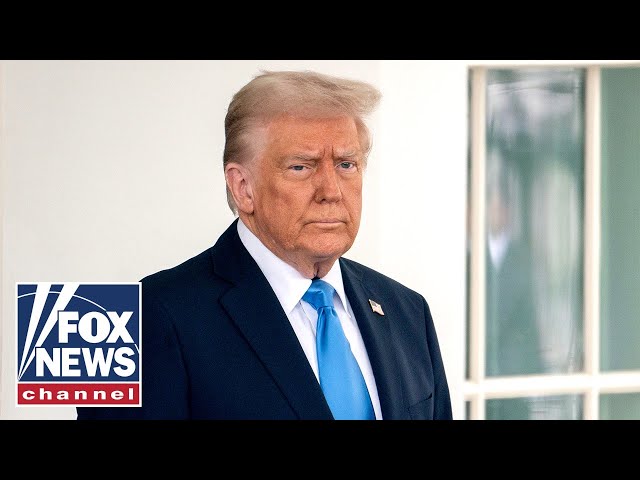
How do reciprocal tariffs function as a negotiation tactic in international trade agreements?
Reciprocal tariffs serve as a strategic negotiation tool where countries match or mirror the tariff rates imposed by their trading partners. President Trump utilized this approach to address trade imbalances, particularly highlighting disparities where countries like India and the European Union imposed higher tariffs on U.S. goods than America imposed on theirs. This tactic aims to create a "level playing field" by pressuring trading partners to reduce their tariff barriers through the threat of equivalent retaliation. The business community and stock markets closely monitor these developments, as tariff changes can significantly impact trade flows and market valuations, making reciprocal tariffs an effective diplomatic pressure point in reshaping international trade relationships.
People also ask
TRANSCRIPT
Load full transcript
0

From
Negotiating Tactics in Trade Agreements
Fox News·8 months ago





